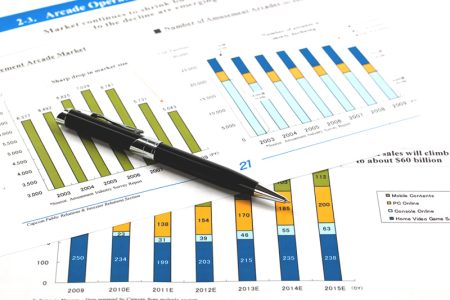By Hernan Nessi
BUENOS AIRES (Reuters) – Argentina’s inflation rate is expected to have clocked in at an eight-month high of 7.1% in March, according to a Reuters poll of analysts, piling pressure on the government as it looks to tame spiraling prices that have pushed up poverty levels.
The South American country is battling annual inflation above 100%, one of the highest levels globally, which saps earning power and has sharpened a cost-of-living crisis, hurting the ruling Peronist coalition ahead of elections in October.
The median forecast came from 15 analysts polled by Reuters, with estimates ranging from 6.4% to a maximum 7.4% monthly rise.
Battling inflation in Argentina, https://www.reuters.com/graphics/ARGENTINA-INFLATION/qmyvmdzmjpr/chart.png
Analysts said the high inflation rate, expected to be just shy of a peak last July, was likely to persist as the government sought to spur grains sales by offering preferential exchange rates to soy exporters and other producers.
“For the second half of the year, we expect an acceleration in inflation due to larger issuance linked to the ‘agro dollar’ (FX rate) and electoral uncertainty,” said Isaias Marini, economist at consulting firm Econviews.
“We expect annual (CPI) of 115%, but with upside risks.”
Argentina: 100% inflation, https://www.reuters.com/graphics/ARGENTINA-INFLATION/jnpwyaqqypw/chart.png
The rise in March was driven by rises in regulated and seasonal prices, with education costs climbing and clothing costs due to the change in seasons. Food rose slightly below overall inflation, Marini said.
In February, Argentina registered monthly inflation of 6.6% and 12-month inflation of 102.5%, the highest in almost 32 years. Official data for March is expected on Friday.
Horacio Larghi, economist at consultancy Invenomica, said price rises in April already looked high again, too.
“The first days of April show that this month’s inflation is unlikely to fall below 6%,” he said.
Argentina: Inflation outlier, https://www.reuters.com/graphics/ARGENTINA-INFLATION/lbpggjrnjpq/chart.png
Read the full article here













